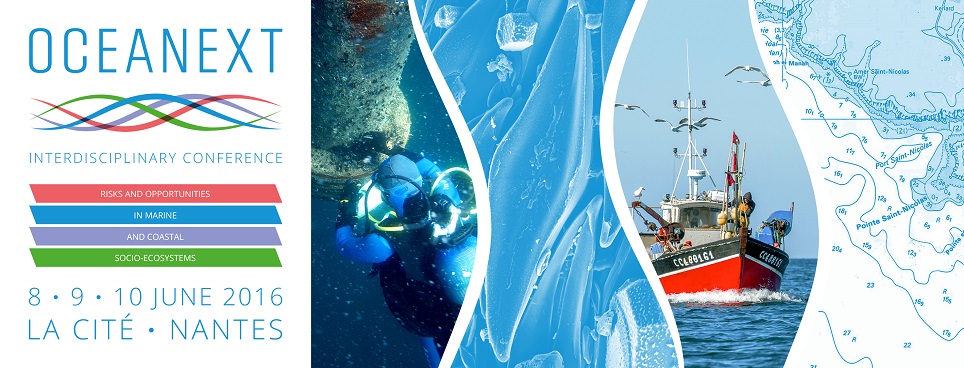Some benthic foraminifera have the ability to incorporate functional chloroplasts from diatoms (kleptoplasty). Our objective was to investigate kleptoplast functionality and photoprotection mechanism in a benthic foraminifera (Haynesina germanica) exposed to different light regimes using spectral reflectance, epifluorescence observations, oxygen evolution, PAM fluorometry and pigment analysis.
Haynesina germanica kleptoplasts were functional for more than one week and showed net oxygen production with a compensation point at 24 µmol photon m-2 s-1 and a production up to 1000 pmol O2 cell-1 day-1. Haynesina germanica Fv/Fm slowly decreased from 0.65 to 0.55 in 7 days in darkness; however, it quickly decreased to 0.2 under HL (70 µmol m-2 s-1). Kleptoplast functional time was estimated between 11 and 21 days in darkness and between 7 and 8 days at HL. A functional xanthophyll cycle was also observed on fresh specimen of H. germanica exposed to different short term light regimes. The ratio Xanthophylls/Chlorophyll a strongly increased after 30 min under low (25 µmol m-2 s-1, 1.81±0.07) and high light regimes (300 µmol m-2 s-1, 1.93±0.08), whereas the ratio stayed low in the darkness (0.52±0.05) and almost came back to its initial value (0.54±0.03) after a very low light period (30 min, 5 µmol m-2 s-1, 0.90±0.09).
These results showed that kleptoplasts are unlikely to be completely functional over a long time, thus requiring continuous chloroplast resupply from foraminifera food source. Their spatial and vertical distributions might thus be linked to their microalgal preys and to access to light.

|
Light history effect in Haynesina germanica kleptoplast photoprotection mechanisms and PSII quantum efficiency
1 : Université d'Angers, UMR CNRS 6112 LPG-BIAF
Université d'Angers, CNRS : UMR6112
2 Boulevard Lavoisier, 49045 Angers Cedex 1, France -
France
2 : Université de Nantes, EA2160, Laboratoire Mer Molécules
Université de Nantes : EA2160
2 rue de la Houssinière, Université de Nantes, 44322 Nantes Cedex 3, France -
France
|
 PDF version
PDF version
